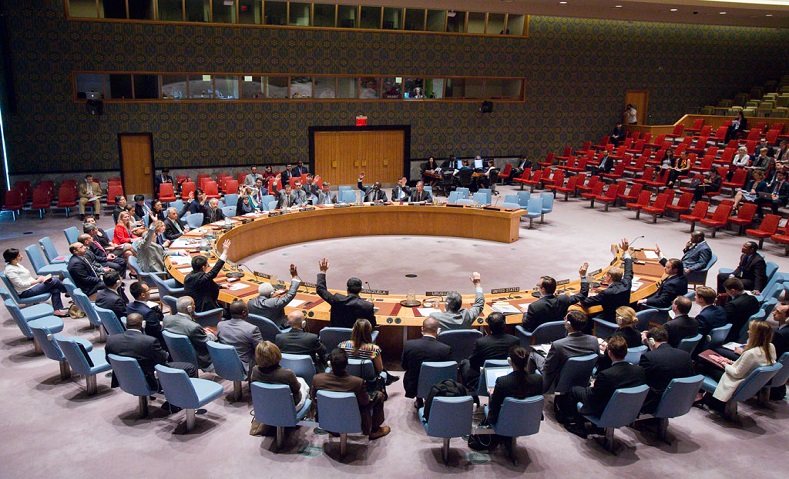The focus of this paper is the aftermath that the association between terrorism and Islam has created within the UN’s listing of designated terrorist organizations. First, we compare the religious background of the 26 terrorist organizations sanctioned under UNSCR’s 1267 to 62 similarly ‘sanctionable’ terrorist organizations that were not sanctioned. Subsequently, for those organizations that were sanctioned we compare their death counts before and after being sanctioned, allowing us to draw some conclusions about the effects of UN sanctions on their targets.
In order to measure deadliness, we use data from the Study of Terrorism and Responses to Terrorism (START) database. In order to establish whether a terrorist organization can be defined as ‘sanctionable’, we rely on the Sanctionable Offences Database. To establish the ‘religious background’ of each organization we rely on our own research.
All in all, the organisations that have been sanctioned under UNSCRs 1267 and 2253 in contrast to sanctionable organisations that have not been listed since 2001, we have exposed that the UN is not anti-Islam as such but rather against a creation of a new Islamic Caliphate by organisations that commit acts of terror as it poses a threat to the current international balance of power. In addition, it would appear that the UNSCR 1267 is unsuccessful in deterring further acts of terror after organisations have been listed, with a majority of organisations in fact having an increase in their overall deadliness over time.
ReSeT Analysis Paper authored by Eleanor Manley and Thomas Kruiper
For the full paper, please click here.




